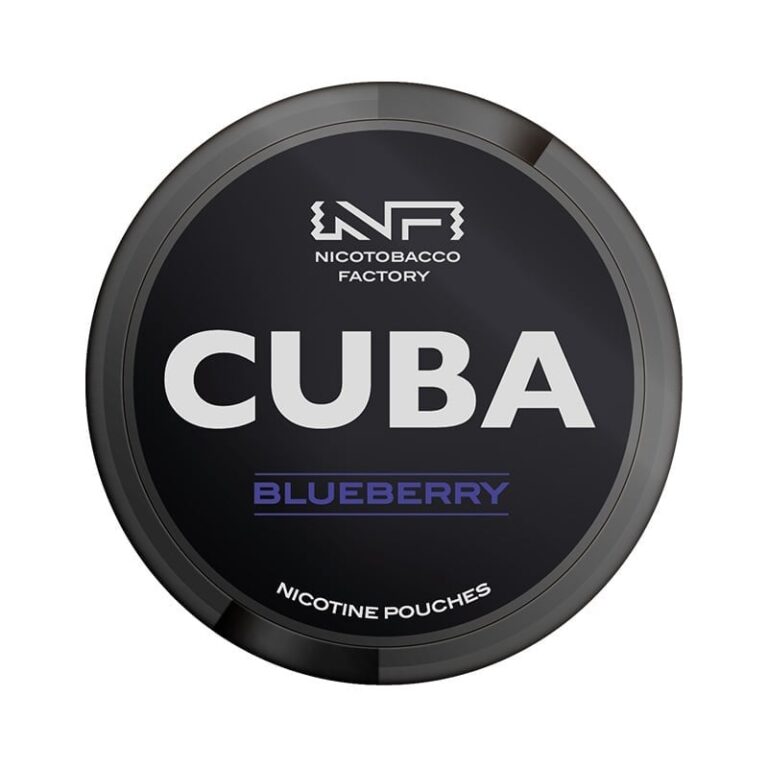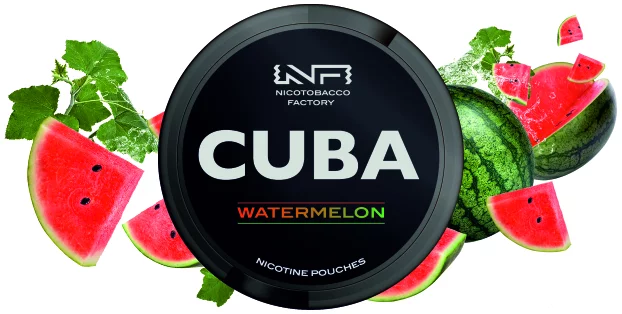Nicotine Pouches: Market Growth, Health Implications, and Consumer Awareness
1. Introduction
Nicotine pouches have surged in popularity over the last five years, branded as a “cleaner” alternative to smoking and vaping. Marketed as discreet, spit-free, and tobacco-free, products like ZYN, Velo, and On! now line convenience store shelves and dominate social media campaigns. But as their use grows, so do questions about their safety. Are these pouches a harmless innovation or a new frontier for nicotine addiction?
This blog dives into two critical angles:
- The booming market for nicotine pouches, driven by Big Tobacco and shifting consumer habits.
- Emerging health concerns tied to short- and long-term use, particularly for vulnerable groups like teens and former smokers.
By the end, you’ll understand the trade-offs between convenience and risk—and how to navigate this evolving landscape.
2. Market Analysis: Nicotine Pouches Industry Overview
2.1 Global Market Growth and Projections
The global nicotine pouch market is expanding rapidly. According to Mordor Intelligence, the industry was valued at $2.1 billion in 2022 and is projected to grow at a CAGR of 33.7% through 2028, reaching nearly $10 billion. Key drivers include:
- Smoking Cessation Trends: 30% of users adopt pouches to quit cigarettes.
- Youth Appeal: Flavors like citrus, mint, and coffee attract younger demographics.
- Regulatory Loopholes: Unlike vaping, pouches face fewer restrictions in regions like the U.S. and EU.
Regional Adoption:
- North America: The largest market (40% share), fueled by heavy marketing from Altria (owner of On!) and Swedish Match (ZYN).
- Europe: Scandinavia dominates, with Sweden’s “snus culture” easing pouch adoption.
2.2 Consumer Demographics
- Age: 18–34-year-olds account for 65% of users.
- Gender: 70% male, though brands are increasingly targeting women with pastel packaging and “wellness” messaging.
- Use Cases:
- Smokers: 55% use pouches to quit cigarettes.
- Non-Smokers: 25% start pouches for stress relief or focus (e.g., students, remote workers).
2.3 Competitive Landscape
Big Tobacco dominates:
- Altria (On!) and British American Tobacco (Velo) leverage existing distribution networks.
- Startups like Swedish Match (ZYN) emphasize lifestyle branding and influencer partnerships.
Challenges:
- Regulatory Uncertainty: The FDA has yet to fully classify pouches, though premarket tobacco applications (PMTAs) are pending.
- Public Perception: 60% of adults mistakenly believe pouches are “less harmful than vaping.”
3. What Are Nicotine Pouches?
Nicotine pouches are small, teabag-like packets filled with:
- Nikotin: Synthetic or tobacco-derived (3mg–50mg per pouch).
- Fillers: Plant fibers (e.g., cellulose) for texture.
- Flavorings: Mint, berries, or menthol.
- pH Adjusters: Sodium bicarbonate to boost nicotine absorption.
How They Work: Placed between the gum and lip, nicotine diffuses into the bloodstream over 15–60 minutes. Unlike Snus (which contains tobacco), most pouches are tobacco-free, reducing staining and spit.
Comparison to Alternatives:
| Feature | Nikotin-Beutel | Vaping | Cigarettes |
|---|---|---|---|
| Nicotine Delivery | Moderate | High | Very High |
| Combustion | Nein | Nein | Ja |
| Social Discretion | High | Moderate | Low |
| Oral Health Risks | Moderate | Low | High |
4. Known and Potential Side Effects
4.1 Short-Term Side Effects
- Oral Irritation:
- Gum Recession: Prolonged friction against gums. A 2021 Journal of Oral Medicine study linked daily use to “localized gingival lesions.”
- Burning Sensation: High-pH additives can irritate mucosal tissues.
- Nausea/Dizziness: Overuse (e.g., 2+ pouches/hour) triggers nicotine toxicity.
- Increased Heart Rate: Nicotine spikes adrenaline, raising systolic blood pressure by 10–15 mmHg.

4.2 Long-Term Health Concerns
- Addiction: Nicotine stimulates dopamine release, rewiring reward pathways. Teens are especially vulnerable—1 in 4 report cravings after 30 days of use.
- Oral Health:
- Leukoplakia: A Swedish Dental Journal (2022) study found white patches (precancerous markers) in 12% of heavy users.
- Tooth Discoloration: pH imbalances erode enamel, leading to yellowing.
- Cardiovascular Risks: Chronic use may harden arteries, per a 2023 European Heart Journal meta-analysis.
- Mental Health: Nicotine withdrawal amplifies anxiety and irritability, creating dependency cycles.
4.3 Vulnerable Populations
- Adolescents: Flavors and TikTok trends drive underage use. 15% of U.S. high schoolers tried pouches in 2022 (CDC).
- Pregnant Women: Nicotine restricts fetal oxygen, increasing miscarriage risks.
4.4 Debates and Uncertainties
- Research Gaps: Most studies are <5 years old. Long-term cancer or heart disease links remain unproven.
- Industry Bias: 80% of safety data comes from tobacco-funded studies (BMJ, 2021).
5. Mitigating Risks: Guidelines for Safer Use
- Dosage: Start with 3–4mg pouches; avoid “extra strong” variants.
- Oral Care: Rinse mouth after use; brush with fluoride toothpaste.
- Avoid High-Risk Groups: Pregnant women, people with heart conditions.
- Quitting Aids: Pair pouches with patches or counseling (2x success rate vs. cold turkey).
6. Regulatory and Industry Responses
- FDA Actions:
- Required PMTA submissions for all brands by 2024.
- Banned online sales to minors in 2023.
- EU Regulations:
- Caps nicotine strength at 20mg/pouch (TPD).
- Prohibits flavors except tobacco and mint in Sweden.
Corporate Initiatives:
- ZYN’s #TalkToYourKids campaign educates parents on underage use.
- Altria funds independent research on oral health impacts.
7. Consumer Perspectives
Case Study: John, 28 (Ex-Smoker): “Pouches helped me quit cigarettes, but now I’m hooked on 8mg mint. My gums bleed if I use more than 5 a day.”
Case Study: Lena, 19 (College Student): “I started for finals week focus. Now I get headaches if I don’t use them.”
8. Conclusion
Nicotine pouches offer a middle ground for smokers seeking cleaner alternatives—but they’re far from harmless. As the market balloons, regulators must prioritize:
- Stricter flavor bans and age verification.
- Independent research into long-term effects.
- Public education to debunk “risk-free” myths.
For consumers, moderation is key. Use pouches as a bridge to quitting nicotine entirely—not a lifelong crutch.


